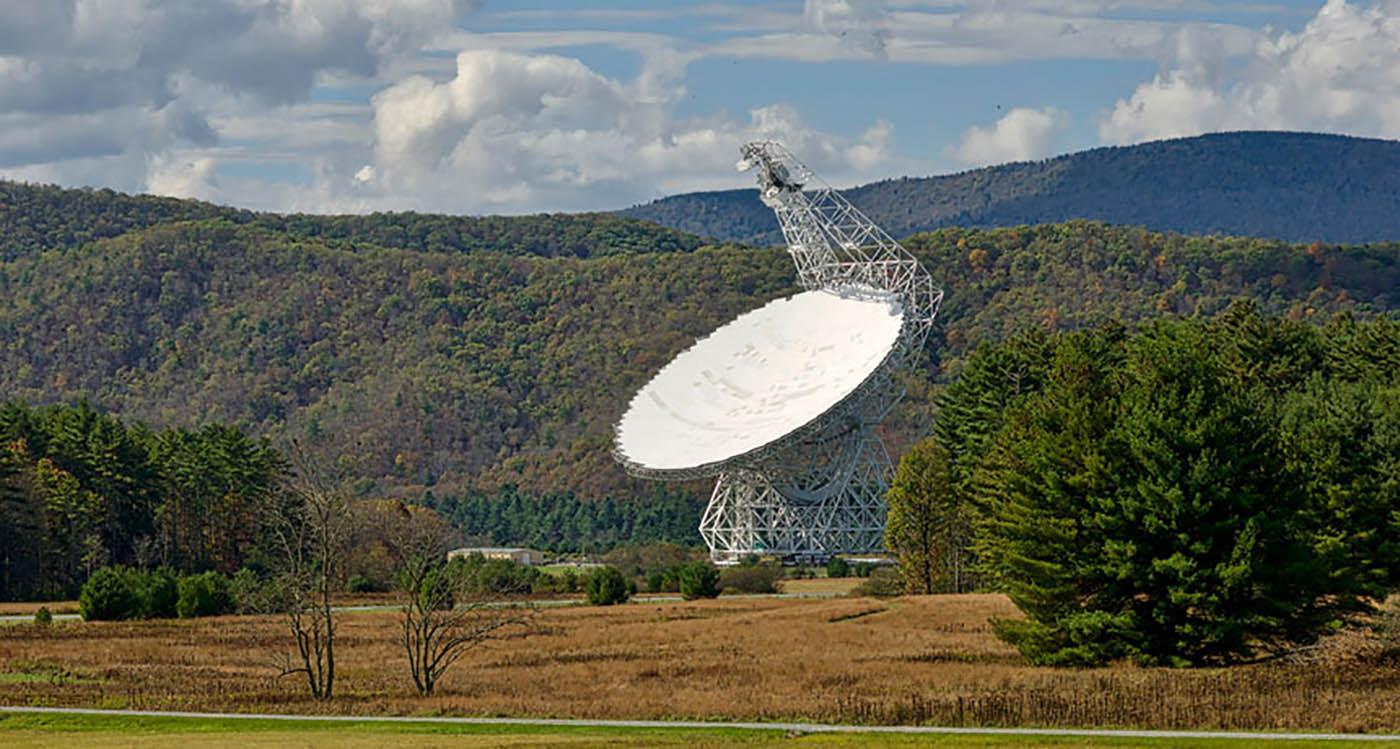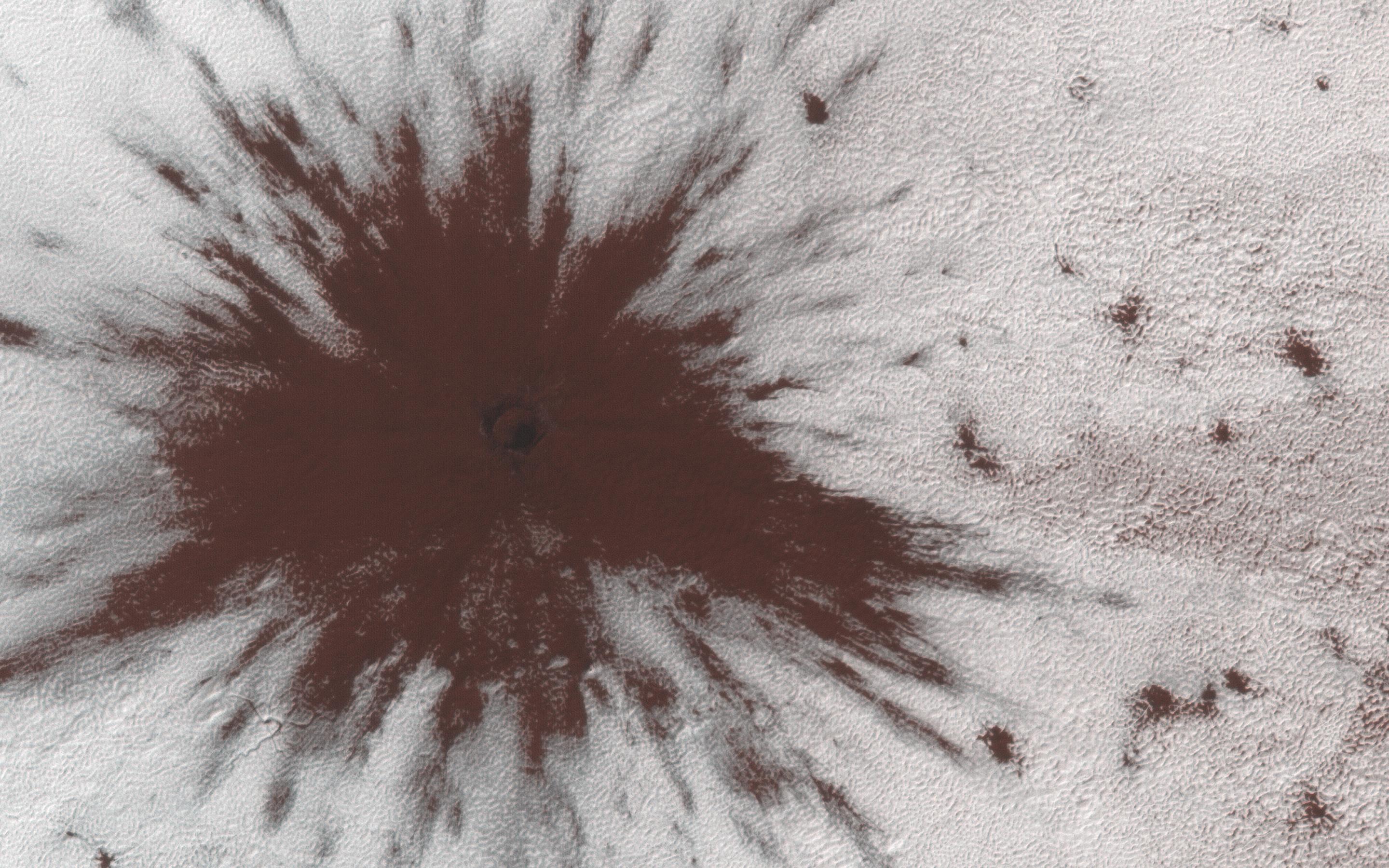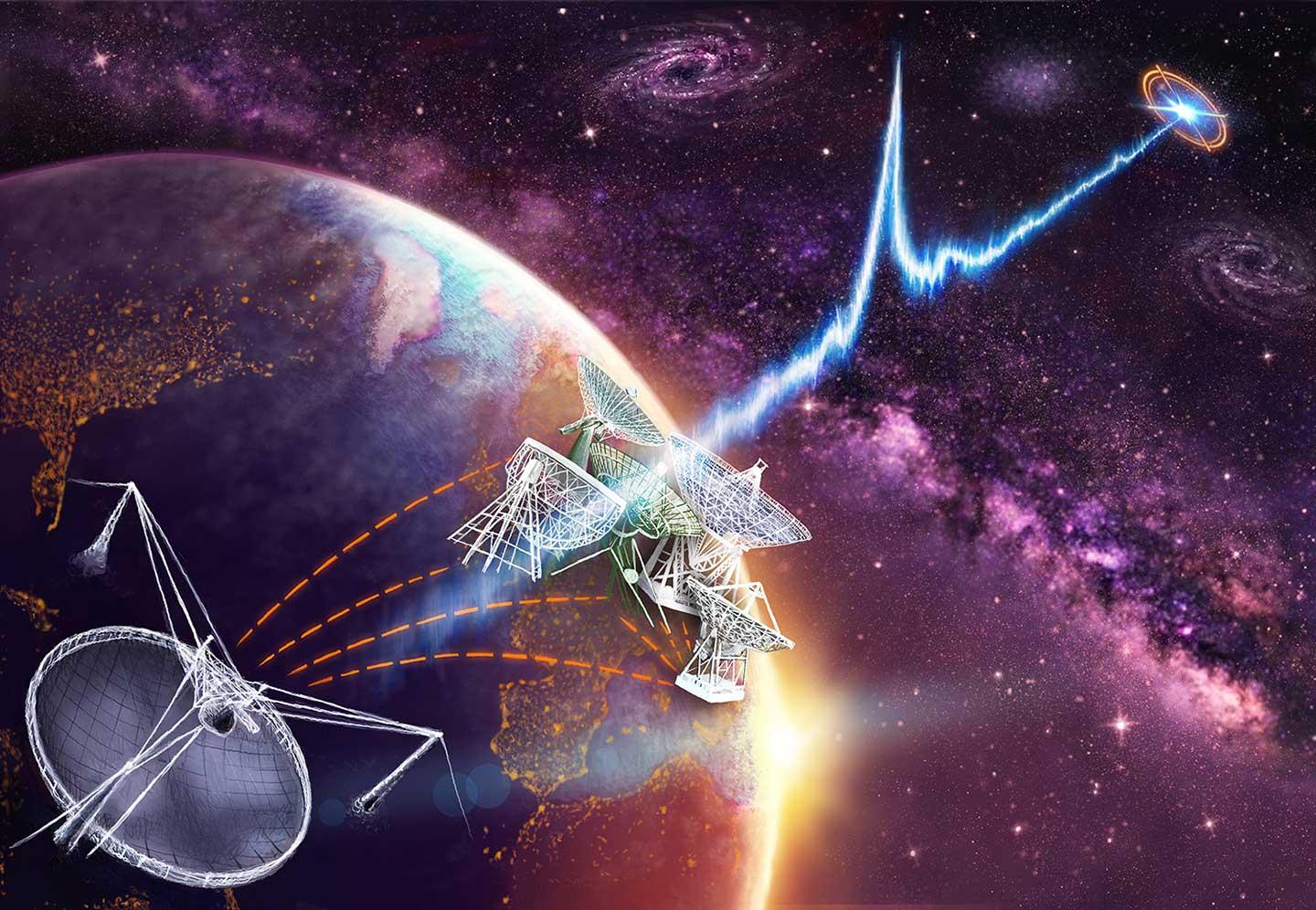
The SETI field faces challenges when it comes to finding steady financial support, but that may be changing. In 2018 NASA hosted the Technosignatures Workshop to learn more about the current state of technosignature (signals or other hallmarks of technology) searches. Jason Wright of Penn State University and colleagues helped edit a report summarizing the material presented at the workshop. Several contributors from the SETI Institute participated: Bill Diamond, President & CEO; Nathalie Cabrol, Director of the Carl Sagan Center for the Study of Life in the Universe; Andrew Siemion, Bernard M. Oliver Chair for SETI Research at the SETI Institute; Jill Tarter, co-founder of the SETI Institute and Chair Emeritus for SETI Research; and Eliot Gillum, Director of Optical SETI.
Science News reports that Wright and others are putting together a series of papers advocating for investment in the search for technosignatures, with the hope that they will reach Congress via the Astro 2020: Decadal Survey on Astronomy and Astrophysics report. The report details the astronomical community’s priorities and will help determine what studies and projects receive funding for years to come. Currently, SETI Institute technosignature searches rely on private funding. As Wright points out in a quote for Science News, the scientific search for life beyond Earth is incomplete without the search for technosignatures:
“Astrobiology and the search for life has become such a big part of what NASA does,” he says. “The fact that it won’t look for intelligent life has become ever more incongruous with its other activities.”
- Science News: It’s time to start taking the search for E.T. seriously, astronomers say
- ArXive.org: NASA and the Search for Technosignatures
 Stunning Image of New Impact Crater on Mars
Stunning Image of New Impact Crater on MarsScientists with the High Resolution Imaging Science Experiment (HiRISE) report that NASA’s Mars Reconnaissance Orbiter (MRO) spotted a fresh impact crater on Mars. Several outlets covered the story, such as Fox News, who quoted SETI Institute senior research scientist Ross Beyer:
“The impact hit on the ice layer, and the tones of the blast pattern tell us the sequence,” explained HiRISE co-investigator Ross Beyer, in a statement. “When an impactor hits the ground, there is a tremendous amount of force like an explosion. The larger, lighter-colored blast pattern could be the result of scouring by winds from the impact shockwave.”
The HiRISE camera on the MRO captured a stunning image of blasted material contrasted against the surrounding ice. According to Beyer, the impact is “notable” because it struck the seasonal southern ice cap of Mars, and “has apparently punched through it, creating a two-toned blast pattern”.
- NASA Mars Exploration Program: Impact Near the South Pole
- Fox News: Mars blast! Stunning new impact crater spotted on the Red Planet
- Medium: NASA’s Mars Reconnaissance Orbiter Finds New Impact Crater on the Red Planet
- International Business Times: NASA Captures Stunning New Impact Crater On Mars Amid Mars Mission Announcements [PHOTOS]
- Daily Mail: Massive impact crater that smashed through the ice cap on Mars
- Daily Express: Mars MYSTERY: NASA probes strange impact crater on red planet
 The Young Rings of Saturn
The Young Rings of SaturnThe rings of Saturn have the media’s eye, in response to findings by astronomers about the mysterious and beautiful planet. Recently scientists were able to establish the length of a Saturnian day (a little over 10 hours) by studying ripples in the rings caused by oscillations in the planet’s interior. Perhaps a bigger surprise, however, is that researchers believe those rings to be relatively young – only about 100 to 200 million years old. As an article in National Geographic points out, the formation of Saturn’s rings may have been witnessed by the dinosaurs, according to SETI Institute research scientist Matija Ćuk:
“Even with the unaided eye, Saturn would be as bright as Venus and would be noticeably elongated,” says Matija Ćuk of the SETI Institute. “If the dinosaurs had birdlike vision, they would definitely be able to see it. Not clear they would care, though.”
Ćuk and his colleagues theorize that the rings are the remnants of icy moons that would’ve once pirouetted around Saturn, until perturbed by gravity and colliding in a brilliant spectacle.
- National Geographic: Ringless Saturn? The Planet's Famous Feature May Be Surprisingly Young.
- National Geographic: How long is a day on Saturn? Astronomers just found out.
 Shostak on ABC Live Discussing Radio Waves from Deep Space
Shostak on ABC Live Discussing Radio Waves from Deep SpaceSeth Shostak, Senior Astronomer at the SETI Institute, appeared on ABC News Live to discuss fast radio bursts (FRBs), powerful bursts of radio waves that last only seconds. The phenomena has drawn a great deal of attention since a team of scientists in Canada discovered the second FRB known to repeat. Watch to find out more about these mysterious cosmic phenomena.
- ABC News (VIDEO): Deep space radio waves baffle astronomers; aliens not ruled out
- SETI.org: New Fast Radio Burster: Why the Excitement?
In last week’s episode, meet the new AI workforce - from baristas to Martian construction workers – in Meet Your Robot Barista. On our previous week’s episode, embrace the multitude of life living on us, in us, and in every possible ecological niche, in Rip Van Winkle Worm.
Last time on Facebook Live, CEO Bill Diamond spoke with SETI Institute research scientist Jon Richards about SETI research and the Allen Telescope Array. Videos of all past Facebook Live events can be found on our Facebook page: https://www.facebook.com/SETIInstitute/
- Benjamin Dean Astronomy Lectures: New Approaches to Looking for E.T.: February 11, 2019, California Academy of Sciences, San Francisco, CA Seth Shostak is the featured speaker
- TESS Data Workshop: February 11-14, 2019, Baltimore, MD SETI Institute scientist Jeffrey Smith is one of the scheduled speakers
- SETI Talks: The Future of NASA Space Telescopes: February 13, 2019, Menlo Park, CA Speakers will include Courtney Dressing, Kimberly Ennico Smith, and Scott Gaudi
- American Association for the Advancement of Science Annual Meeting: February 14-17, 2019, Washington, D.C.
- San Mateo County Astronomical Society: March 1, 2019, College of San Mateo, San Mateo, CA SETI Institute scientist Michael Busch will present Near Earth Asteroid Hazards, Research and Space Missions
- Kepler &K2 Science Conference V: March 4-8, 2019, Glendale, CA SETI Institute scientist Douglas Caldwell will present The Kepler Photometer
- 50th Lunar and Planetary Science Conference: March 18-22, 2019, The Woodlands, TX





